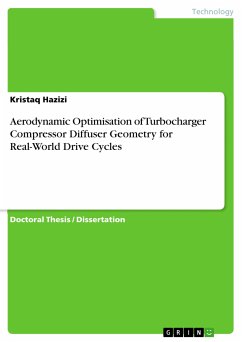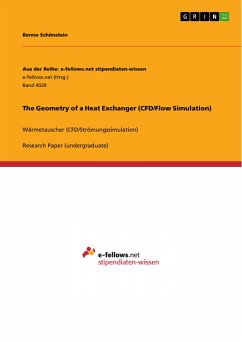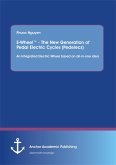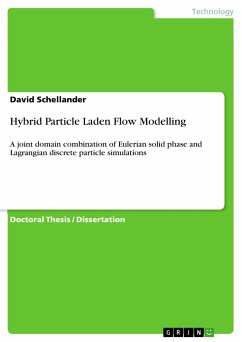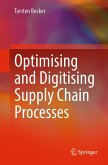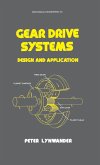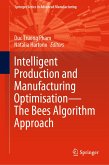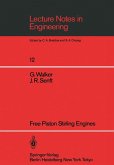Doctoral Thesis / Dissertation from the year 2022 in the subject Engineering - Automotive Engineering, grade: 8.0, Anglia Ruskin University (FACULTY OF SCIENCE & ENGINEERING), course: Mechanical Engineering, language: English, abstract: The aim of the dissertation is to develop a new numerical optimisation technique for the diffuser geometry of a typical turbocharger compressor, using a non-parametric optimisation method (adjoint). This leads to an increase in power and thermal efficiency in real-world drive cycles for passenger car engines. The geometry and experimental data correspond to the TD025-05T4 compressor from the 1.2-liter Renault Megane passenger car supplied by MTEE. In this study, a set of numerical simulations were conducted along two turbocharger compressor speed lines at 150,000 rpm and 80,000 rpm to analyse and validate the results against experimental data. Three points on each speed line are selected: one point each in regions close to surge and choke and a point in the stable zone of the compressor map. In addition, this study optimises the diffuser geometry in a passenger vehicle turbocharger compressor using a gradient-based solution approach employing a non-parametrical adjoint shaping optimisation for ideal gas turbulent compressible flow applications. The adjoint solver is a gradient-based optimisation that can automatically generate a series of iterations of a design so that the mesh gradually changes shape to meet a single goal, like the efficiency of the compressor in this case. The study considers a total of six operating cases on the compressor map to optimise the full and partial load compressor operations, leading to a real-world drive cycle. These cases are the three cases (closer to surge, stable midpoint, and closer to the choke point) on each of the speed lines. A typical result for mid-stable operation on a 150,000 (rpm) speed line shows a gradual increase in efficiency up to a maximum of 2.6% improvement. While, for choke and surge optimisation, the geometry variation of the optimised diffuser is different, in the stable central area for both speed lines, the geometry change is consistent. Therefore, the diffuser can be made to work best for both half and full load engine operation. As a result, the optimum diffuser geometry impacts engine efficiency and the overall performance of a typical passenger car for real drive cycles, increasing power and slightly improving thermal efficiency. When a typical car engine is running at full and half-load in real-world operation, the improved compressor efficiency is expected to make a small difference. This will make the engine more powerful and more efficient by about 0.1%.
Dieser Download kann aus rechtlichen Gründen nur mit Rechnungsadresse in A, B, BG, CY, CZ, D, DK, EW, E, FIN, F, GR, HR, H, IRL, I, LT, L, LR, M, NL, PL, P, R, S, SLO, SK ausgeliefert werden.
Hinweis: Dieser Artikel kann nur an eine deutsche Lieferadresse ausgeliefert werden.

